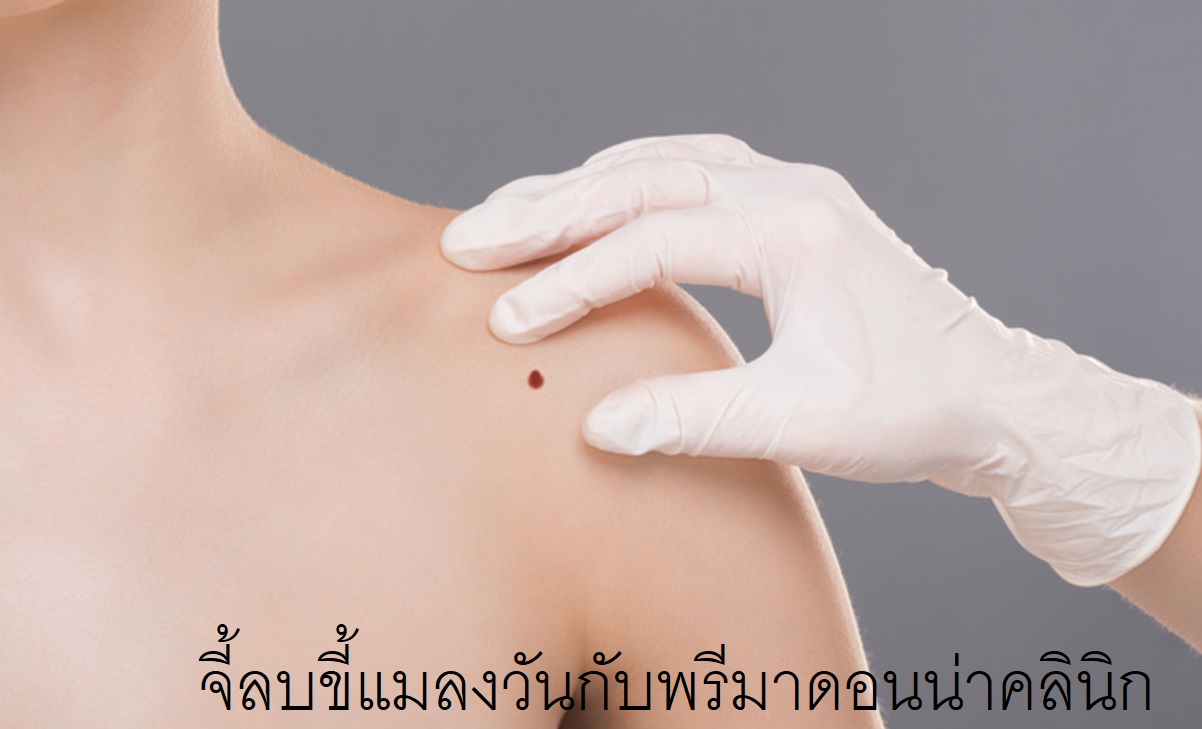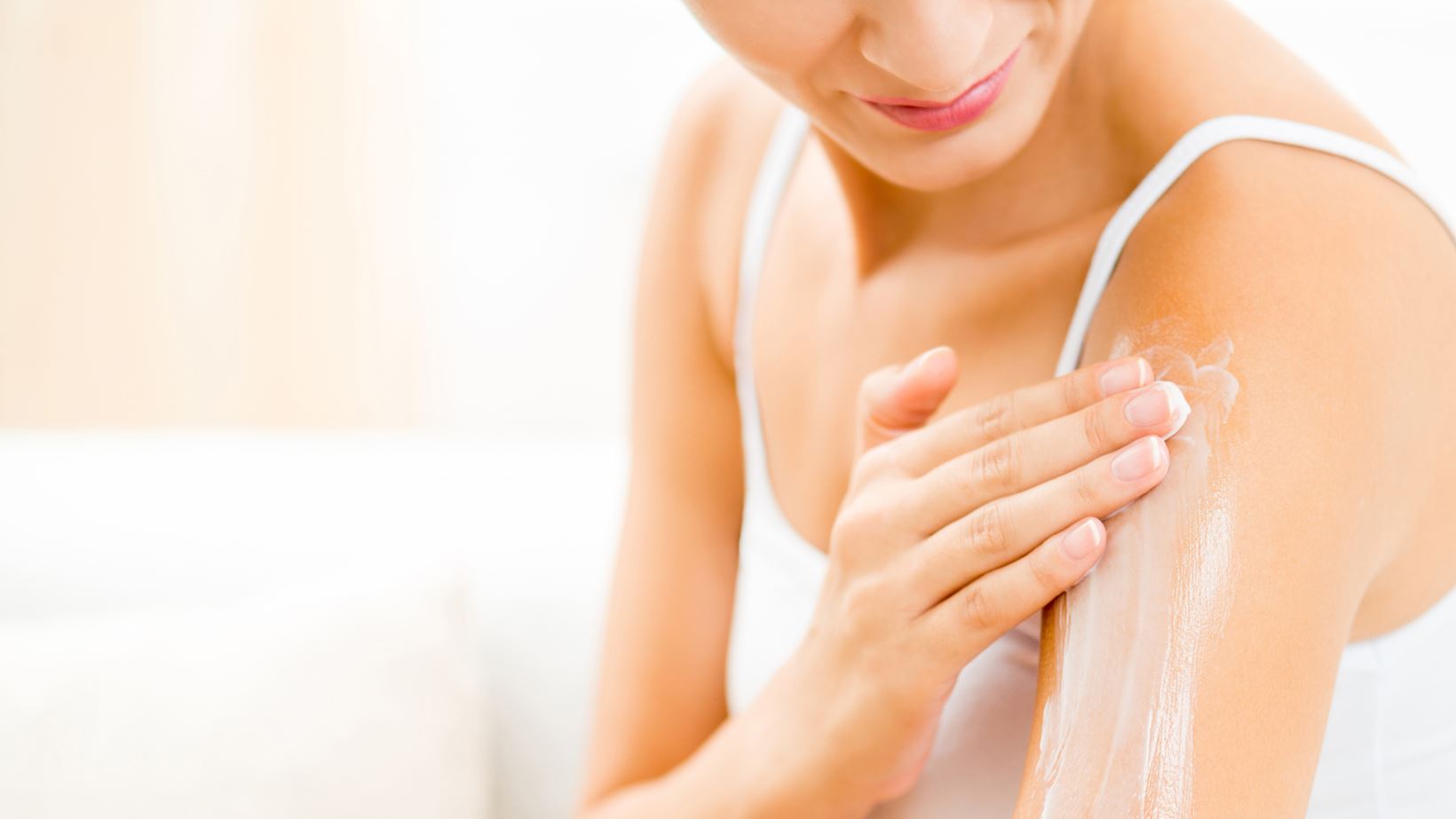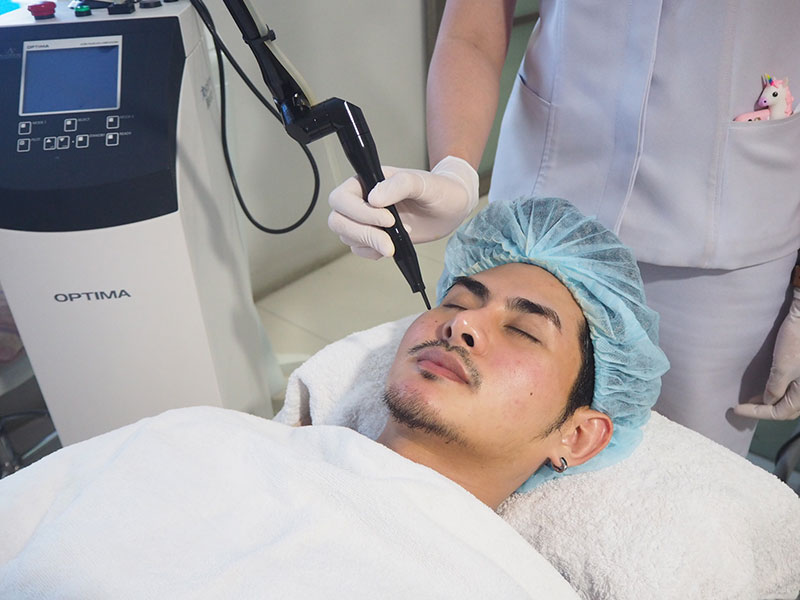
Treatments for Mole Removal
Treatments for Mole Removal
Our dermatologist can remove moles within our clinic, and occasionally during your initial consultation. If several moles are being treated further visits will be required to ensure each mole can be safely removed. We have two methods of treating moles, shaving and excision.
Moles that protrude from the skin can simply be shaved away by the dermatologist under local anaesthetic. A scalpel is used to shave the mole allowing it to be flush with the surrounding skin. Then using an electrical instrument, the doctor cauterizes the area to stop any bleeding. A topical antibiotic is then applied to reduce risk of infection. Shaving removes the protruding surface of the mole, but it can leave mole cells beneath the skin and may grow back. Shaving is a relatively straightforward and painless that requires no stitches. A pink mark may be left, which will fade over time.
For excision of the mole, under a local anaesthetic, the dermatologist uses a scalpel to cut the mole and a border of good skin surrounding it. A small stitch in the skin is required and will either be placed deep within the skin, or on the upper surface, depending on the depth of the excision. A small scar will be left, which will fade over time.
Following removal we send all moles to a specialist lab for a biopsy to ensure no cancer is present, this is our standard practice to ensure we always provide the best and most responsible care for all our patients. Please be assured that cutting a cancerous mole will not make the cancer spread.
After a mole is removed your skin will heal normally. If the mole grows back, immediately make another appointment to see your dermatologist as this is a sign of melanoma, a type of skin cancer.




